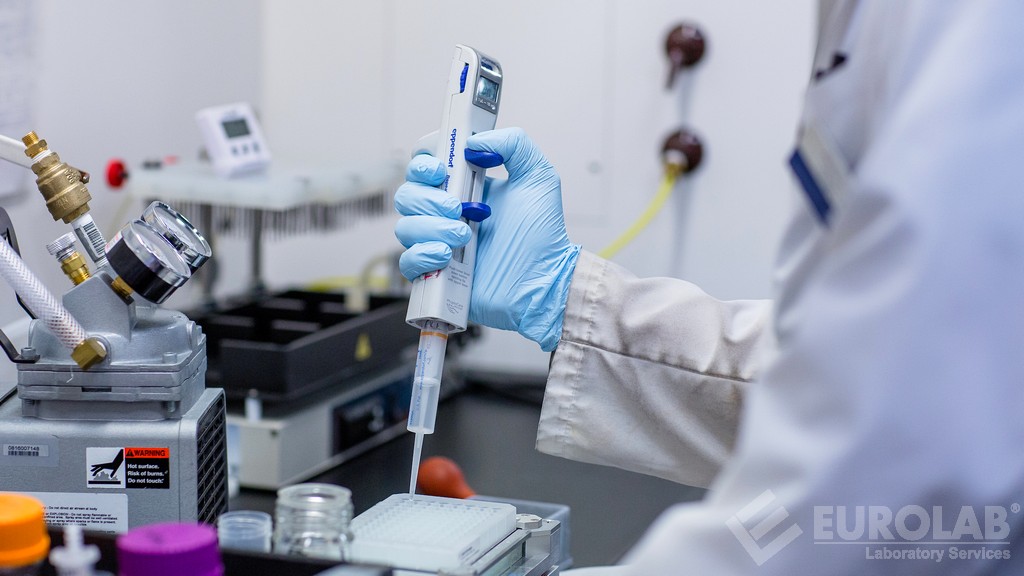ISO 22975-6 Solar Absorber Condensation Resistance Testing
The ISO 22975-6 standard provides a comprehensive framework for evaluating the condensation resistance performance of solar absorbers. This test is crucial in ensuring that materials used in solar thermal and concentrated solar power (CSP) systems can withstand environmental conditions without compromising their efficiency or structural integrity.
Condensation resistance is a measure of how effectively a material resists the formation of liquid water on its surface when exposed to humid air. In solar absorber applications, this property is critical as it prevents heat loss through condensation and ensures that the absorber remains effective over time. The test method outlined in ISO 22975-6 involves exposing the specimen to controlled humidity levels followed by temperature cycling, with specific conditions defined for both the initial exposure period and subsequent drying cycles.
The standard specifies detailed procedures for preparing the specimens, including cleaning methods, mounting techniques, and conditioning processes. Proper preparation is essential as any contamination or improper handling can lead to inaccurate test results. After conditioning, the specimens are placed in a climate-controlled chamber where they undergo controlled humidity exposure followed by temperature cycling. The rate of condensation formation on the specimen surface is monitored throughout this process.
The acceptance criteria for passing the ISO 22975-6 test include meeting specific thresholds for condensation resistance performance under defined environmental conditions. These criteria ensure that only materials capable of maintaining their function in real-world applications are approved. Compliance with these standards not only enhances product quality but also supports regulatory compliance and market entry requirements.
By adhering to the rigorous protocols set forth by ISO 22975-6, laboratories can provide reliable data on condensation resistance performance that is valuable for quality assurance purposes within manufacturing facilities and R&D departments. The results from this testing help manufacturers make informed decisions about material selection and process optimization, ultimately leading to more efficient and durable solar absorber designs.
For those involved in the production or development of materials intended for use in solar thermal and CSP systems, understanding and implementing ISO 22975-6 is vital. It ensures that products meet stringent quality standards, contributing to safer and more reliable energy solutions worldwide.
Why It Matters
The performance of solar absorbers directly impacts the efficiency and reliability of solar thermal and CSP systems. Ensuring that these components have adequate condensation resistance is essential for maintaining optimal operating conditions throughout their lifecycle.
- Enhanced Efficiency: Materials with superior condensation resistance reduce heat loss due to water accumulation, thereby improving overall system performance.
- Durability: By preventing premature degradation caused by moisture exposure, durable materials extend the lifespan of solar absorbers, reducing maintenance costs and environmental impact.
- Regulatory Compliance: Meeting international standards like ISO 22975-6 ensures that products meet industry requirements, facilitating easier market access and broader adoption.
The importance of condensation resistance cannot be overstated, as it plays a pivotal role in determining the long-term viability and effectiveness of solar absorbers. Investing in thorough testing according to established protocols helps manufacturers produce high-quality materials that contribute positively to sustainable energy solutions.
Why Choose This Test
Selecting ISO 22975-6 for your testing requirements offers several advantages, making it an ideal choice for ensuring the quality and reliability of solar absorbers:
- Rigorous Standardization: Adherence to globally recognized standards ensures consistent and repeatable test results across different laboratories.
- Expertise & Experience: Our team of experienced professionals understands the nuances of solar absorber testing, providing accurate and reliable data.
- Comprehensive Support: From specimen preparation to interpretation of results, we offer full-service support tailored to your specific needs.
- Precision Instruments: Utilizing state-of-the-art equipment guarantees precise measurements and repeatable outcomes.
The commitment to quality embodied in ISO 22975-6 translates into trustworthiness among stakeholders, including manufacturers, regulators, and end-users. By choosing this test method, you invest in the future success of your products and projects.
Use Cases and Application Examples
The ISO 22975-6 solar absorber condensation resistance testing has wide-ranging applications across various sectors:
- Solar Thermal Systems: Ensures that materials used in flat plate collectors, evacuated tube systems, and parabolic troughs maintain their performance under humid conditions.
- CSP Plants: Validates the suitability of materials for use in solar power towers where high temperatures and humidity can affect absorber efficiency.
- R&D & Innovation: Supports research into new materials and technologies aimed at improving condensation resistance properties.
In addition to these primary applications, the results from this test can inform design modifications, material choices, and process improvements within manufacturing facilities. This information is invaluable for both established companies looking to refine existing products and startups seeking innovative solutions in renewable energy technology.





